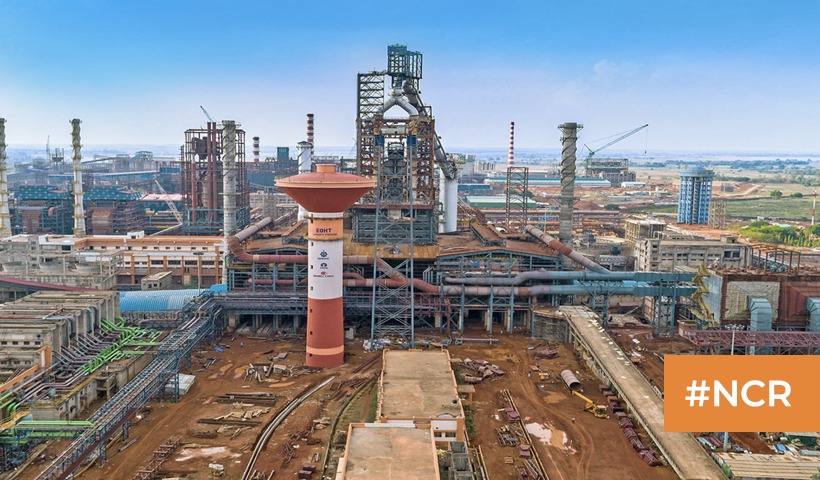All About National Capital Region Planning Board
The National Capital Region Planning Board (NCRPB) was established in 1985 through an act of Parliament to manage the growing population pressures on the National Capital Region (NCR), which encompasses parts of Uttar Pradesh, Delhi, Haryana, and Rajasthan. Chaired by the Union Housing and Urban Affairs Minister and including members from the constituent states, NCRPB exemplifies inter-state and inter-agency collaboration for regional development.
The Mandate of NCRPB
The primary functions of NCRPB include:
Strategic Planning: Developing regional and functional plans and overseeing their implementation across the NCR, including the crafting of sub-region and project plans.
Coordination and Monitoring: Ensuring that the NCT of Delhi and the participating states adhere to the agreed-upon development phases and priorities.
Financial Oversight: Managing funds for regional development projects, sourced from central and state governments, and other financial institutions.
Significant Plans and Their Impact
NCR Regional Plan 2021: Aimed at creating a globally competitive region with advanced infrastructure, this plan projected a population of over 64 million by 2021 and focused on economic development, environmental sustainability, and infrastructure enhancement, including transportation networks and urban settlements.
Draft NCR Regional Plan 2041: Addressing future challenges due to rapid urbanization, this draft plan emphasizes urban regeneration, infrastructure readiness, multi-modal transport, industrial growth, and environmental conservation. It introduces innovative concepts like Transit Oriented Development (TOD) and multi-level connectivity, targeting comprehensive and sustainable regional growth.
Project Highlights and Developments
Several projects under the NCRPB demonstrate the practical application of these plans:
Transportation Infrastructure: Projects like the expansion of the Panipat-Rohtak Highway in Haryana, and the construction of flyovers and road over bridges in various parts, have significantly improved intra-regional connectivity.
Water and Sewerage: Initiatives like the Alwar Water Supply Upgradation Project and the renovation of sewage treatment plants in Sonipat district address the critical need for sustainable water management and sanitation facilities.
Urban Development: The development of residential and industrial sectors in places like Gurgaon, Faridabad, and Sonepat by the Haryana Urban Development Authority illustrates the focused urban growth and industrial expansion facilitated by the NCRPB.
Case Studies of Success
Consider the transformation in the city of Faridabad, which, under the NCRPB’s guidance, has seen substantial growth in its residential, industrial, and infrastructure sectors, improving the quality of life for its residents. Similarly, the seamless connectivity between Noida and Gurgaon, fostered by upgraded roads and expressways, exemplifies the enhanced mobility and economic synergy in the NCR.
Future Directions
With the NCR expected to become the world’s largest urban agglomeration by 2030, the role of NCRPB is becoming even more crucial. The focus is on sustainable development that balances economic growth with environmental conservation, leveraging smart technology, and enhancing the region’s global standing.
The NCRPB has played a pivotal role in transforming the NCR into a dynamic and thriving region. Through strategic planning, coordination, and implementation of various development projects, it has significantly improved the region’s infrastructure, living standards, and economic potential, paving the way for a sustainable and prosperous future.
Disclaimer: The views expressed above are for informational purposes only based on industry reports and related news stories. PropertyPistol does not guarantee the accuracy, completeness, or reliability of the information and shall not be held responsible for any action taken based on the published information.




